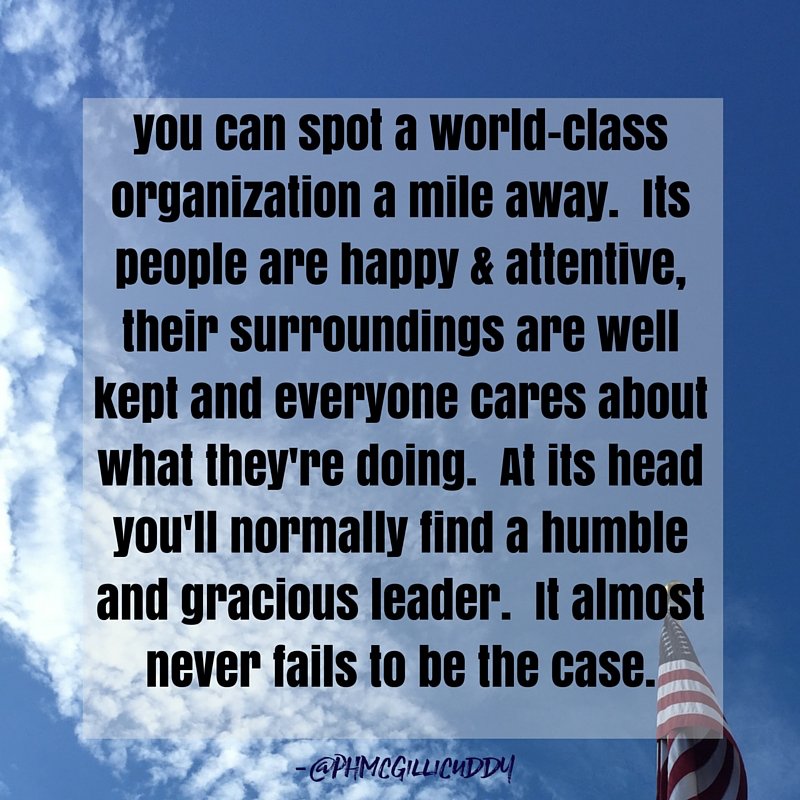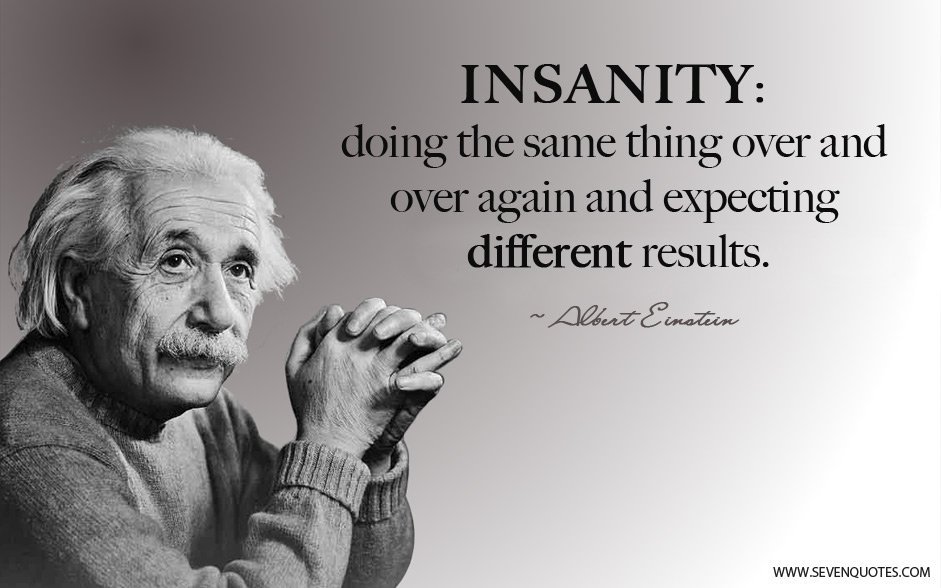 Photo Credit: ITD Assessments
Photo Credit: ITD Assessments
Happy Monday Morning! Let’s talk about leadership. It’s one of my favorite learning curves. Not so I can tell others how to lead (a terrible temptation – like it’s my job…sheesh) but more to celebrate those who lead well. Leading well doesn’t necessarily come with the job description…more, it comes with the three “I’s” in this piece. Leading well is learned and developed through life for all of us. So no discouragement here. I am thankful for those who lead (me and others) well, for sure. So here we go, and here’s what inspired this post.
Earlier this morning, while working at my desk, I could hear the excited tones of a phone conversation. You could tell by the rise and fall of the voice that his office door was open and he was walking around. It was fortunately impossible to hear the content of the conversation – muffled by physical distance – but the intensity of the conversation was clear. Positive, urgent, engaging intensity!
While I was passively aware of the happy drone of the above conversation, a piece by writer, pastor Eric Geiger popped up on my Twitter feed. He shared the 2 Qualities in All Great Leaders. His focus was intensity and intentionality.
It inspired my thinking and stirred me to add a third “I” to his characteristics – inclusivity. [I love alliteration – happy it worked.]
Intensity – Geiger emphasized: “The passion of the team will rarely rise above the passion of the leader.” As leaders, we need intensity in our direction in the execution of our vision. This is a high-burn characteristic and can, over time and tension, lose the heat and edge necessary for razor focus. Intensity can give way to a sense of “We all know what needs to be done” or “Keep doing what you’re doing”… without the urgency that keeps us from mission drift in our work. Intensity is a heart issue – with a high sense of personal responsibility. We lead like the future depends on it…as well as today. To keep intensity in our leadership requires intentionality and inclusivity.
Intentionality – Geiger’s take on intentionality is brilliant: “Leadership without intentionality results in chaos for the people on the team and for those being served…Intentionality means having a clear understanding of your mission, your culture, and where you are headed. Great leaders fight the drift away from intentionality and toward a plethora of competing directions.”
Intentionality is not just an ongoing earnestness to serve a team or organizational vision. It is the dogged determination of a leader, fixed on the goal, to bring every resource to bear on reaching it. This is less task-orientation and more a resource-orientation. Less an “urgent need” focus (although urgent needs matter as well) and more a big picture focus. A daily plan for execution…or we too easily veer into the ditch.
Inclusivity is what I add to Geiger’s excellent qualities for great leaders. By “inclusivity”, I mean a leader’s openness to bringing varying opinions and expertise to the table and providing a vehicle to do this on a regular basis. It is the messier, less controllable aspect of leadership. A proverb comes to mind when thinking of workplace inclusion or inclusivity:
“Where there are no oxen, the manger is clean, but abundant crops come by the strength of oxen.” – Proverbs 14:4
Writer pastor Jason Jackson‘s brief commentary on the proverb above supports inclusivity:
“Oxen are the tools for an abundant harvest. Their cost and inconvenience does not compare with their productivity.
Solomon is not simply giving a lesson in agriculture. Here are two principles:
- get the right tools [people] for the job you need to do, and
- the cost [to the leader] of the right tool is worth it.”
Leading Through Inclusion: Traits to Help Us Be Better Leaders – Maja Egnell
Inclusivity reminds us of the great lessons on leadership we have from Jim Collins. He has written extensively on great companies and great leaders. Collins urges leaders to not only get the right people on the bus, but also the right persons in the right seat.
Leaders of Great Companies Ask: First Who, Then What? – Wendy Maynard
Inclusivity is a lot of work for the leader but it creates a much more empowering and impactful workplace and a better outcome in the end. When decisions are being made or products/services are being developed, who needs to be at the table? Same folks each time may not get us where we hope to go. It definitely will not urge a team toward the goal, or the vision, or an engaged sense of belonging.
 Photo Credit: John C. Maxwell, Brainy Quote
Photo Credit: John C. Maxwell, Brainy Quote
Here’s to intensity, intentionality, and inclusivity in our leaders. Thanks, Eric Geiger, for your inspiration this morning…as well as that guy on the phone down the hall.
2 Qualities in All Great Leaders – Eric Geiger
6 Questions That Reveal If You Are an Inclusive Leader – Ryan Jenkins
6 Reasons to Be an Inclusive Leader – Ryan Jenkins
3 I’s of Effective Leadership (Integrity, Influence, Impact) – Naphtali Hoff
The Three I’s of a Great Leader (Initiative, Inspiration, Intuition) – Joy Ruhmann













































